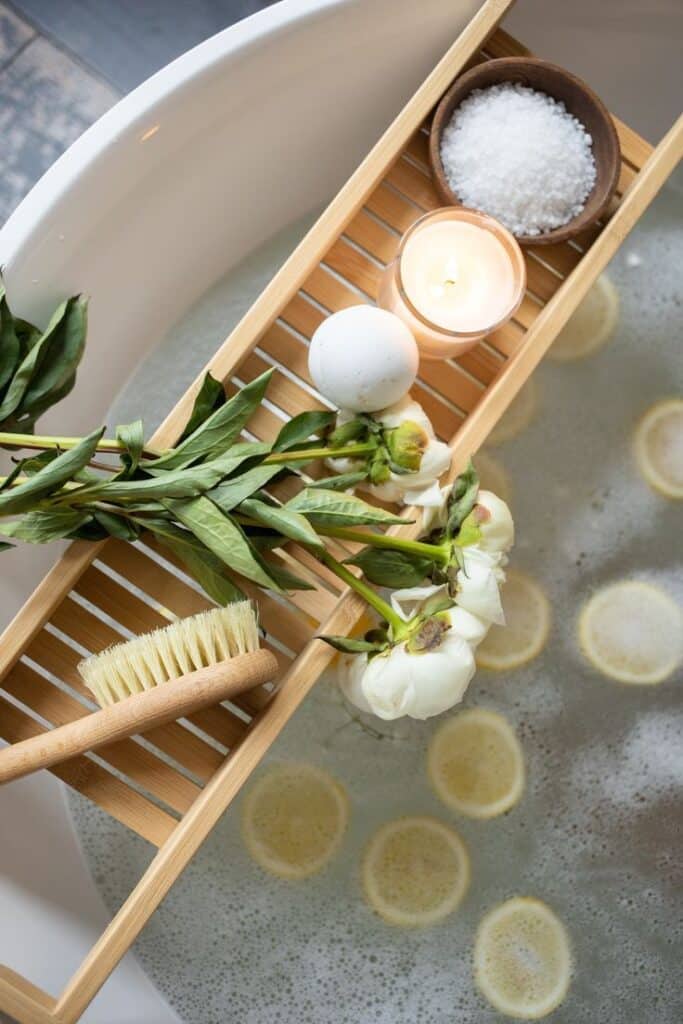
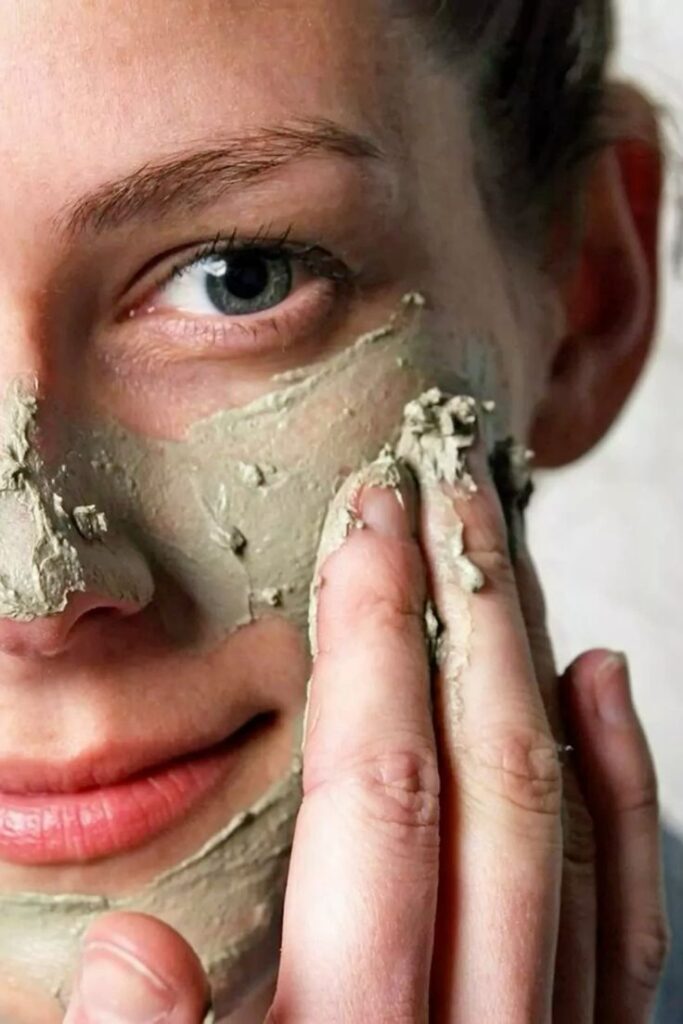
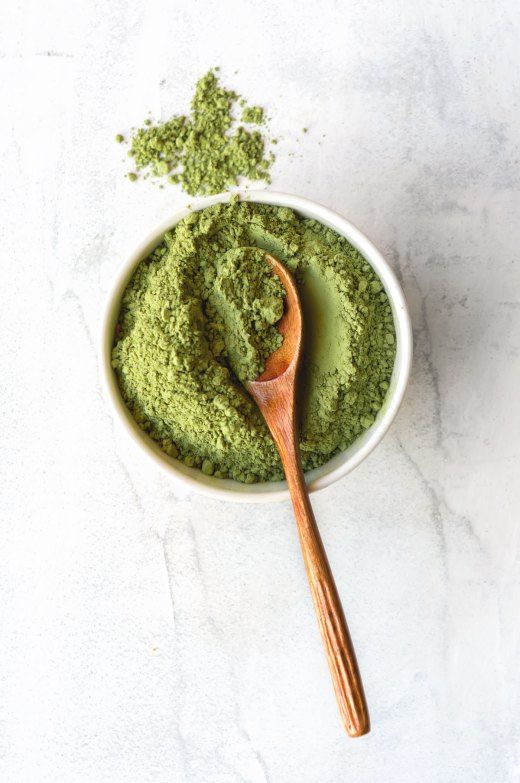
Winter weather strips moisture from your skin, leaving it dry, flaky, and uncomfortable. Cold air outside and heated indoor spaces create the perfect storm for dehydrated skin that needs extra attention and care.
Making your own winter skin care products at home allows you to use natural ingredients that deeply nourish and protect your skin without harsh chemicals or expensive store-bought products. You can create effective moisturizers, face masks, body scrubs, and lip balms using simple kitchen ingredients like honey, oils, and butters.
DIY winter skin care gives you complete control over what touches your skin while saving money. Whether you’re dealing with chapped lips, rough hands, or a dull complexion, homemade remedies can restore your skin’s natural glow throughout the coldest months.
Key Takeaways
- Winter air depletes skin moisture, requiring targeted hydration and protection strategies
- Natural ingredients like oils, butters, and honey create effective DIY skin care products at minimal cost
- A consistent routine using homemade moisturizers, scrubs, and specialty treatments maintains healthy winter skin
Understanding Winter’s Impact on Skin
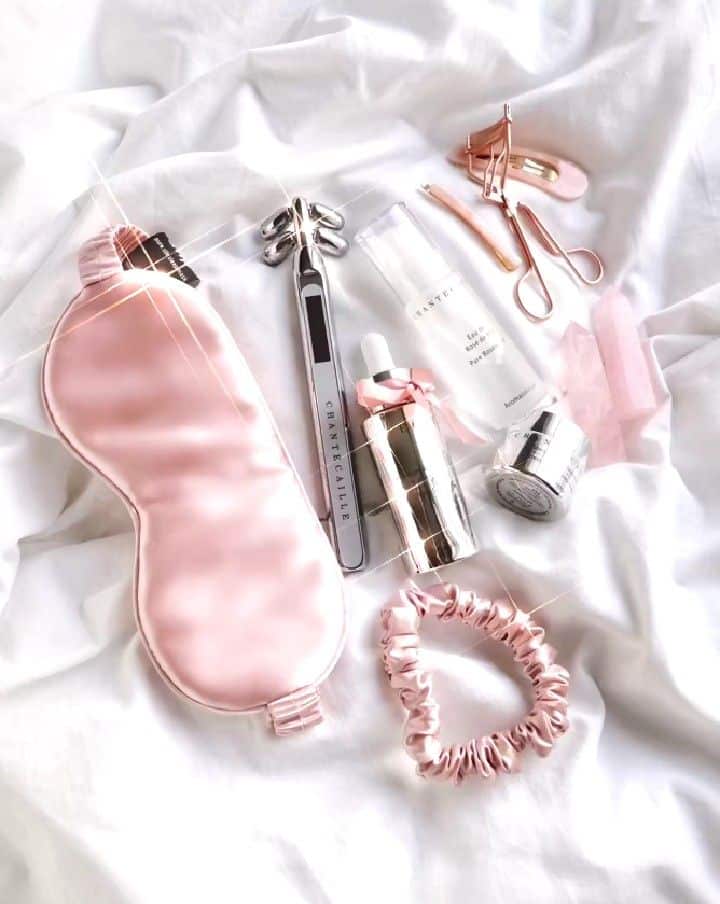


Winter weather creates a perfect storm of conditions that strip moisture from your skin and disrupt its natural protective barrier. Cold air, low humidity, and indoor heating work together to cause dryness, irritation, and sensitivity.
Why Skin Gets Dry in Winter
Cold air holds significantly less moisture than warm air, causing outdoor humidity levels to drop dramatically during winter months. When you step outside, this dry air pulls moisture directly from your skin’s outer layer. Your skin’s natural lipid barrier becomes compromised, allowing water to escape more easily.
Indoor heating systems make the situation worse. Central heating and space heaters reduce indoor humidity levels even further, creating an environment that constantly dehydrates your skin. The contrast between cold outdoor air and heated indoor spaces forces your skin to adapt repeatedly throughout the day.
Your skin produces less sebum in cold weather. This natural oil helps lock in moisture and protect your skin from environmental stressors. With reduced sebum production, your skin loses its ability to maintain adequate hydration levels on its own.
Common Winter Skin Care Challenges
Dry skin manifests as tightness, flaking, and rough texture. You might notice these symptoms most prominently on your hands, face, and legs. The dryness can progress to cracking and bleeding if left untreated.
Redness and irritation occur when your skin’s protective barrier breaks down. Your skin becomes more sensitive to products and environmental factors that never bothered you during warmer months. Wind exposure intensifies these symptoms, causing windburn and chapping.
Other frequent issues include:
- Itchy, uncomfortable skin that worsens at night
- Dull, lackluster complexion from dead skin cell buildup
- Increased sensitivity to skincare products
- Eczema and psoriasis flare-ups
Benefits of Natural Ingredients for Cold Weather
Natural ingredients offer gentle yet effective solutions for winter skin problems without harsh chemicals. Plant-based oils like coconut, jojoba, and almond oil mimic your skin’s natural sebum, providing deep hydration that synthetic ingredients struggle to match.
Honey acts as a natural humectant, drawing moisture from the air into your skin. It also contains antibacterial properties that help prevent infections in cracked or damaged skin. Shea butter and cocoa butter create a protective barrier that shields your skin from harsh winter elements.
Natural ingredients typically cause fewer allergic reactions than synthetic alternatives. Your compromised winter skin barrier makes you more susceptible to irritation, so switching to gentle natural remedies reduces your risk of adverse reactions. These ingredients also contain vitamins, antioxidants, and fatty acids that actively repair and strengthen your skin’s protective barrier.
Essential DIY Ingredients for Winter Skin Care



Building an effective winter skincare routine starts with selecting ingredients that lock in moisture and protect against harsh weather. Natural oils, butters, and waxes form the foundation of homemade products that combat dryness while nourishing your skin barrier.
Hydrating Natural Oils and Butters
Coconut oil serves as a versatile base ingredient that melts at body temperature and absorbs quickly into your skin. It contains fatty acids that help repair your skin’s protective barrier during winter months.
Shea butter provides deep hydration and works exceptionally well for extremely dry patches. You can whip it at room temperature for a light, fluffy texture or melt it down for harder balms and bars.
Almond oil offers a lighter alternative that suits most skin types without feeling greasy. It’s rich in vitamin E and works well for facial products where you want moisture without heaviness.
Other beneficial oils include:
- Jojoba oil – closely mimics your skin’s natural sebum
- Baobab oil – packed with vitamins and antioxidants
- Olive oil – readily available and deeply moisturizing
- Argan oil – excellent for both face and body applications
The Role of Beeswax in Homemade Products
Beeswax acts as a natural thickening agent that transforms liquid oils into solid balms and salves. It creates a protective layer on your skin that shields against wind and cold without completely blocking pores.
You’ll typically use beeswax at a ratio of 1:4 to 1:6 with your oils, depending on how firm you want the final product. Melt it slowly with your chosen oils over low heat to ensure even distribution.
This ingredient extends the shelf life of your homemade products by creating a stable emulsion. It also adds a subtle honey scent and provides a smooth, non-sticky texture to lip balms and hand creams.
Choosing and Using Essential Oils Safely
Essential oils add therapeutic benefits and natural fragrance to your winter skincare products. Use approximately 20-30 drops per cup of base ingredients to achieve a noticeable scent without overwhelming your skin.
Safe essential oils for winter skincare:
- Lavender (calming and suitable for sensitive skin)
- Frankincense (anti-aging properties)
- Chamomile (soothing for irritated skin)
- Tea tree (antibacterial but use sparingly)
Always dilute essential oils properly before applying them to your skin. A 2-3% dilution rate works well for most adults, while pregnant women and children need even lower concentrations.
Perform a patch test on your inner wrist before using any new essential oil blend. Some oils can cause photosensitivity, so avoid citrus oils in products you’ll wear during daytime sun exposure.
Moisturizing and Protecting Facial Care
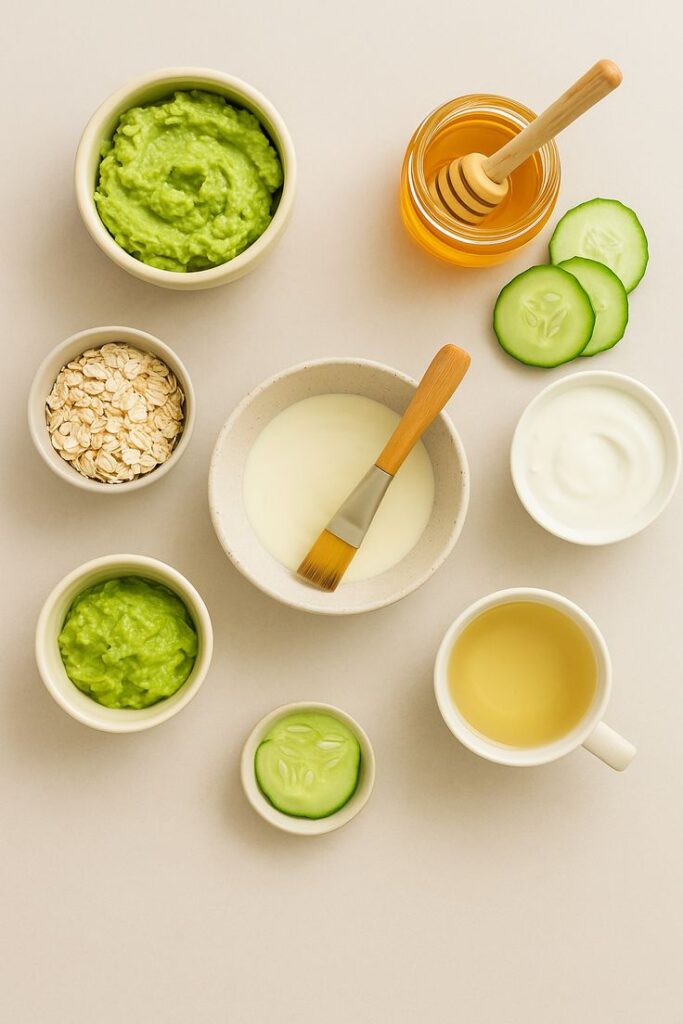
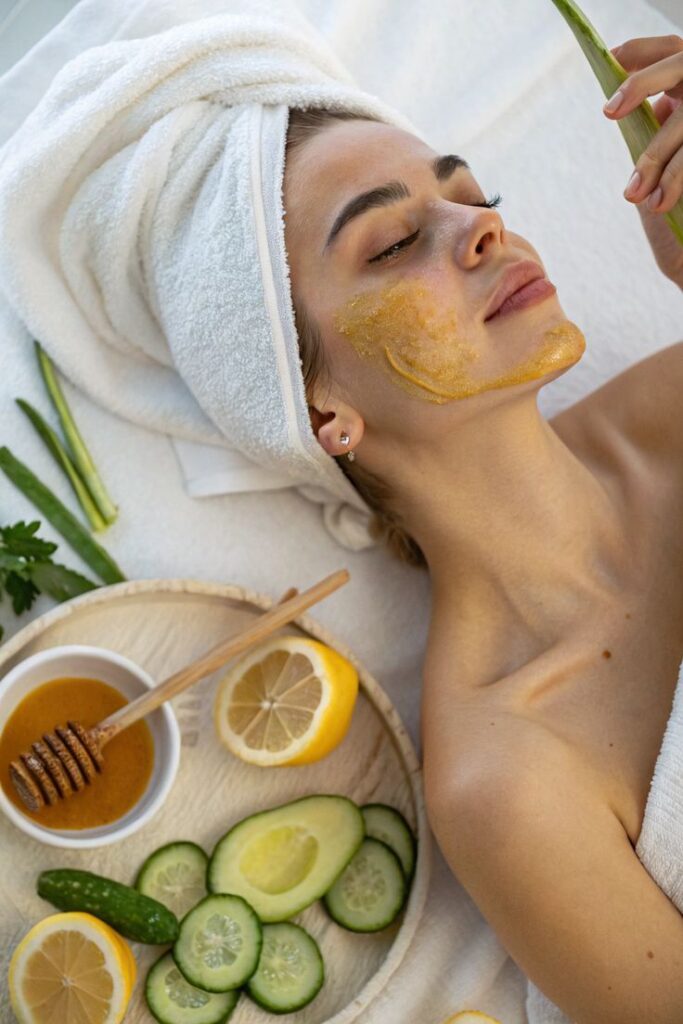
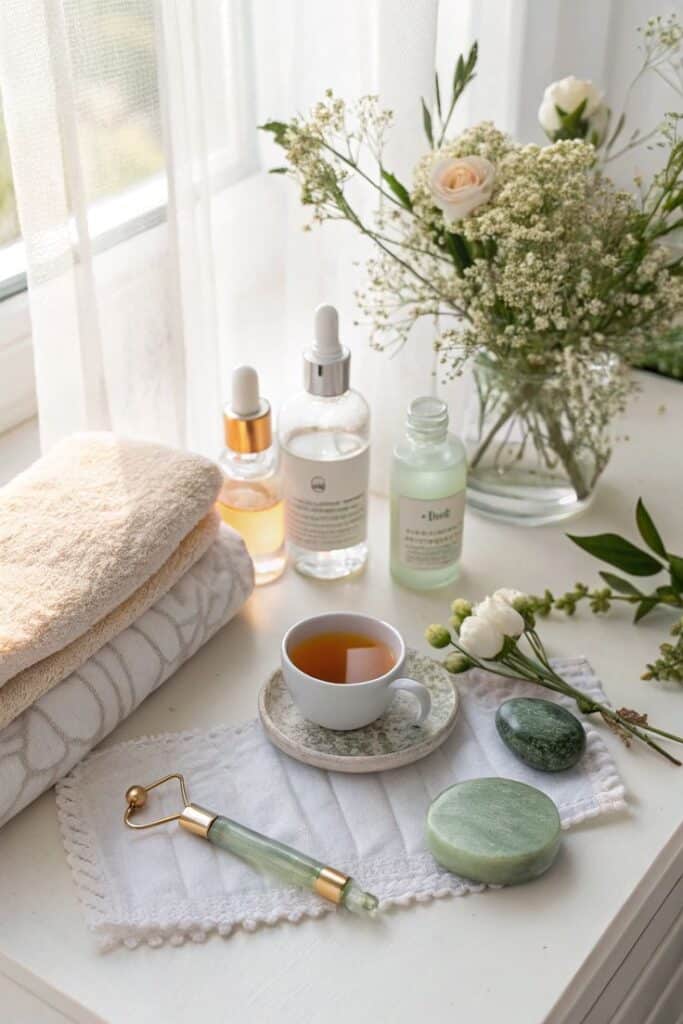
Winter air strips moisture from your face, making dedicated moisturizing and protective treatments essential. Using DIY ingredients like natural oils and nutrient-rich masks helps restore hydration while creating a barrier against harsh conditions.
DIY Face Masks for Dry Skin
Face masks provide intensive hydration that penetrates deeper than daily moisturizers. A honey and avocado mask works exceptionally well for dry skin because honey attracts moisture while avocado delivers healthy fats and vitamins.
Mix one tablespoon of raw honey with half a mashed avocado and apply to clean skin for 15-20 minutes. Another effective option combines two tablespoons of plain yogurt with one tablespoon of almond oil and a teaspoon of honey. The lactic acid in yogurt gently exfoliates while the oils seal in moisture.
For severe dryness, try an oatmeal mask by blending ground oats with warm milk and a drizzle of coconut oil. Apply these masks 2-3 times per week after cleansing your face. Rinse with lukewarm water and follow with your regular moisturizer to lock in the benefits.
Homemade Facial Moisturizers
Creating your own facial moisturizer lets you control ingredients and customize for your needs. Start with a base of coconut oil or almond oil, which absorb well and provide lasting hydration without clogging pores.
A simple recipe combines two tablespoons of coconut oil with one tablespoon of shea butter and a few drops of essential oils like lavender or chamomile. Melt the coconut oil and shea butter together in a double boiler, let cool slightly, add essential oils, then whip until fluffy.
For lighter skin types, use jojoba oil as your base since it mimics your skin’s natural sebum. Mix three tablespoons of jojoba oil with one tablespoon of aloe vera gel and five drops of tea tree or rose essential oils. Store your homemade moisturizer in a clean glass jar and apply morning and night to damp skin for maximum absorption.
Natural Exfoliation Techniques
Exfoliation removes dead skin cells that prevent moisturizers from penetrating effectively. Use gentle techniques in winter since cold weather already stresses your skin.
A sugar scrub made with equal parts brown sugar and almond oil provides physical exfoliation while moisturizing simultaneously. Add a few drops of vitamin E oil for extra nourishment. Coffee grounds mixed with coconut oil offer similar benefits plus antioxidants.
For chemical exfoliation, apply plain yogurt or buttermilk to your face for 10 minutes before rinsing. The natural lactic acid dissolves dead cells without harsh scrubbing. Limit exfoliation to once or twice weekly during winter to avoid irritation and always apply moisturizer immediately after to protect newly exposed skin.
Nourishing Body and Hand Care



Winter’s harsh conditions demand extra attention for your body and hands through rich, protective treatments. Homemade body butters, hand creams, and therapeutic bath soaks provide intense moisture using natural ingredients like shea butter and coconut oil.
Homemade Body Butters and Lotions
Body butters offer deeper moisture than standard lotions because they contain higher concentrations of nourishing oils and butters. Shea butter serves as an excellent base ingredient due to its rich fatty acid content and ability to lock in moisture for hours.
A basic body butter requires just three ingredients: shea butter, coconut oil, and a carrier oil like almond or jojoba. Melt equal parts shea butter and coconut oil together, let them cool slightly, then whip the mixture until it reaches a fluffy consistency. You can add vitamin E oil to extend shelf life and boost skin-healing properties.
For a firmer texture, incorporate cocoa butter or beeswax into your recipe. These ingredients create a protective barrier on your skin that shields against cold winds and indoor heating. Start with a ratio of 4 parts oils to 1 part beeswax, adjusting based on your preferred consistency.
DIY Hand Creams for Winter Protection
Your hands face constant exposure to water, cold air, and harsh conditions during winter months. Hand creams need a thicker consistency than body lotions to provide lasting protection throughout the day.
Combine 2 tablespoons each of shea butter and coconut oil with 1 tablespoon of beeswax for a protective hand cream. Melt these ingredients together in a double boiler, add a few drops of lavender or peppermint essential oil, then pour into small containers. This formula creates a barrier that prevents moisture loss while working or being outdoors.
Apply hand cream immediately after washing your hands and before bed for best results. Keep small containers near every sink in your home to encourage frequent application.
Relaxing Winter Bath Soaks
Bath soaks transform your tub into a moisturizing treatment that softens skin while you relax. Epsom salt combined with carrier oils creates a simple yet effective winter soak that eases muscle tension and delivers hydration.
Mix 2 cups of Epsom salt with 1/4 cup of coconut oil and 10-15 drops of your favorite essential oil. Add this mixture to warm running water and soak for 15-20 minutes. The warm water opens your pores while the oils penetrate deeply into your skin.
For extra nourishment, add colloidal oatmeal or milk powder to your bath. These ingredients soothe irritated skin and provide additional moisture that lasts beyond your soak.
DIY Lip and Specialty Care for Cold Weather
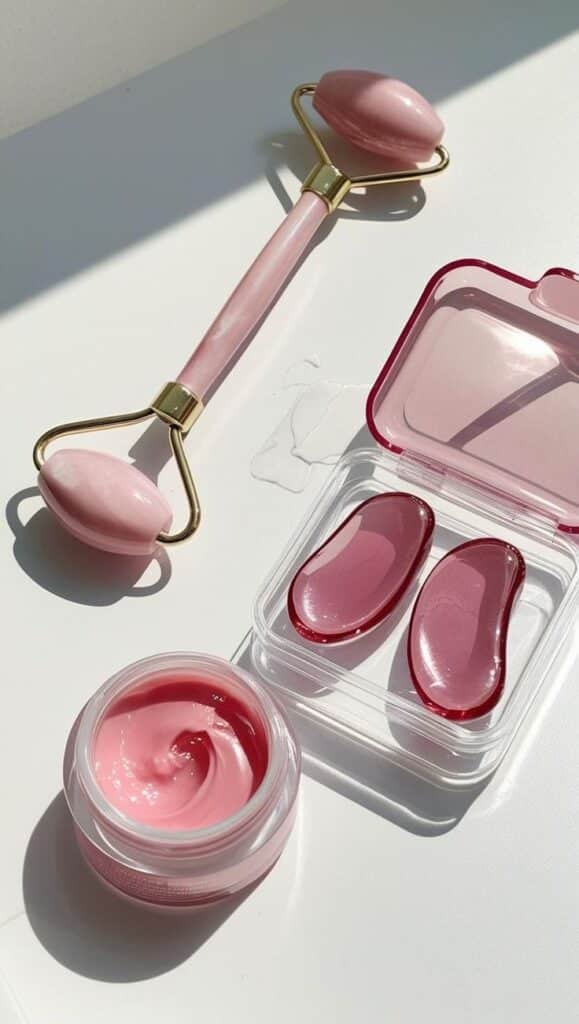


Cold weather demands targeted protection for vulnerable areas like lips, exposed skin patches, and scalp. Basic ingredients like beeswax, coconut oil, and almond oil provide the foundation for effective homemade treatments that rival commercial products.
Making Your Own Lip Balm
Creating your own lip balm gives you complete control over ingredients while saving money. The essential base requires beeswax (about 1 tablespoon), which provides structure and a protective barrier against wind and cold.
Combine the beeswax with 2 tablespoons of coconut oil and 1 tablespoon of almond oil in a double boiler. Heat the mixture gently until fully melted, stirring occasionally to blend the ingredients. The coconut oil delivers deep moisture, while almond oil adds vitamin E for healing.
Pour the liquid into small containers or empty lip balm tubes and let it solidify at room temperature for 2-3 hours. You can customize your balm by adding a drop of peppermint or vanilla extract before pouring.
For extra healing power, substitute part of the almond oil with vitamin E oil. Store your finished balms in a cool, dry place where they’ll last 6-8 months.
Natural Solutions for Chapped Areas
Chapped skin on cheeks, nose, and hands responds well to simple kitchen remedies. Apple cider vinegar diluted with equal parts water creates an effective solution for cracked skin, though you should apply it carefully to avoid stinging.
A thick paste of coconut oil mixed with honey works as an overnight treatment for severely chapped areas. Apply it before bed and cover with clean cotton fabric if needed. The antibacterial properties of honey combined with coconut oil’s fatty acids promote faster healing.
For immediate relief during the day, keep a small jar of pure almond oil in your pocket. It absorbs quickly without leaving a greasy residue and you can reapply as often as needed.
Winter Remedies for Hair and Scalp
Your scalp loses moisture rapidly in winter, leading to flaking and itchiness. A weekly treatment of warm coconut oil massaged into your scalp 30 minutes before showering prevents dryness and strengthens hair follicles.
Mix 2 tablespoons of almond oil with 1 teaspoon of apple cider vinegar for a scalp tonic that balances pH and reduces winter buildup. Apply this mixture to your roots, leave it for 15 minutes, then wash as normal.
For dry hair ends, warm a small amount of beeswax with coconut oil until just melted. Let it cool slightly and apply sparingly to the bottom third of your hair to seal split ends and lock in moisture.
Tips for Creating a Winter Skin Care Routine

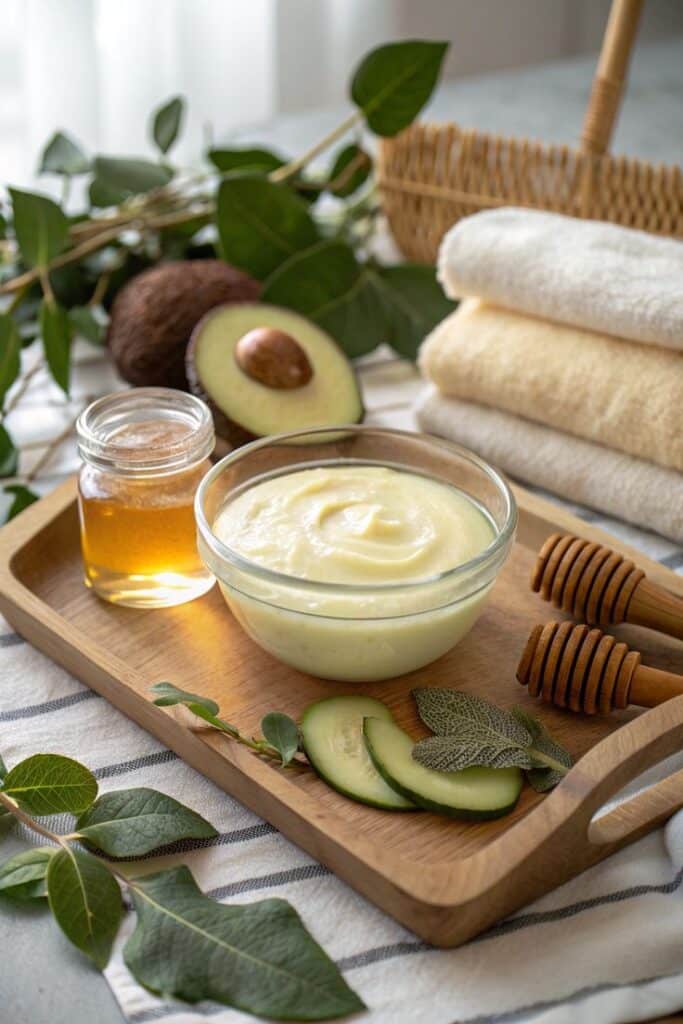
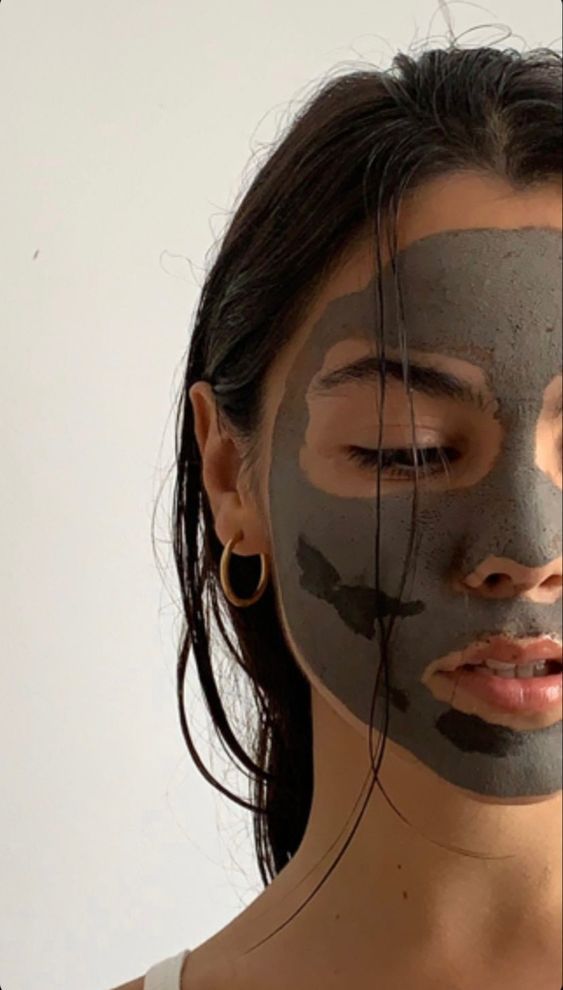
Adjusting your skincare approach for colder months requires strategic product layering, consistent application of homemade treatments, and awareness of practices that can damage your skin barrier.
Layering Products for Maximum Moisture
Start with damp skin right after cleansing to help lock in hydration. Apply your thinnest products first and work up to the heaviest textures.
Your layering sequence should begin with a hydrating toner or essence, followed by serums containing hyaluronic acid or vitamin C. Next comes your moisturizer, which acts as the primary barrier against moisture loss. In winter, you need a thicker formula than you’d use in summer.
Seal everything with a facial oil or occlusive layer at night. This final step prevents water evaporation while you sleep. Wait 30-60 seconds between each layer to let products absorb properly.
For daytime, apply SPF as your final step even when it’s cloudy. Winter sun combined with snow reflection can still damage your skin. If you’re using natural ingredients like honey or aloe in your routine, apply these after cleansing but before heavier creams.
Incorporating DIY Recipes Into Daily Life
Mix fresh batches of homemade treatments weekly to ensure potency. Store them in clean glass containers in your refrigerator to extend their shelf life.
Schedule specific days for different treatments rather than trying everything at once. You might use a honey mask on Mondays, an oatmeal scrub on Thursdays, and an avocado treatment on Saturdays. This prevents overwhelming your skin and helps you identify what works.
Prep ingredients in advance by portioning them into small containers. Keep items like ground oats, dried herbs, and carrier oils in your bathroom cabinet for quick access.
Apply DIY masks right after showering when your pores are open. Leave treatments on for 10-15 minutes, then rinse with lukewarm water. Pat your face dry and immediately follow with your regular moisturizer while skin is still slightly damp.
Avoiding Common Mistakes
Don’t over-exfoliate during winter months. Limit physical scrubs to once weekly and chemical exfoliants to twice weekly maximum. Your skin barrier is already stressed from cold air and indoor heating.
Hot water strips your skin of protective oils. Wash your face with lukewarm water instead, even though hot water feels tempting in cold weather.
Natural ingredients require patch testing just like commercial products. Test new DIY recipes on your inner arm 24 hours before applying to your face. Skip ingredients you’re allergic to, even if they appear in popular recipes.
Don’t apply too many active ingredients at once. Combining vitamin C, retinol, and acids in the same routine can cause irritation and redness. Alternate these treatments on different days or use gentler concentrations.
Frequently Asked Questions
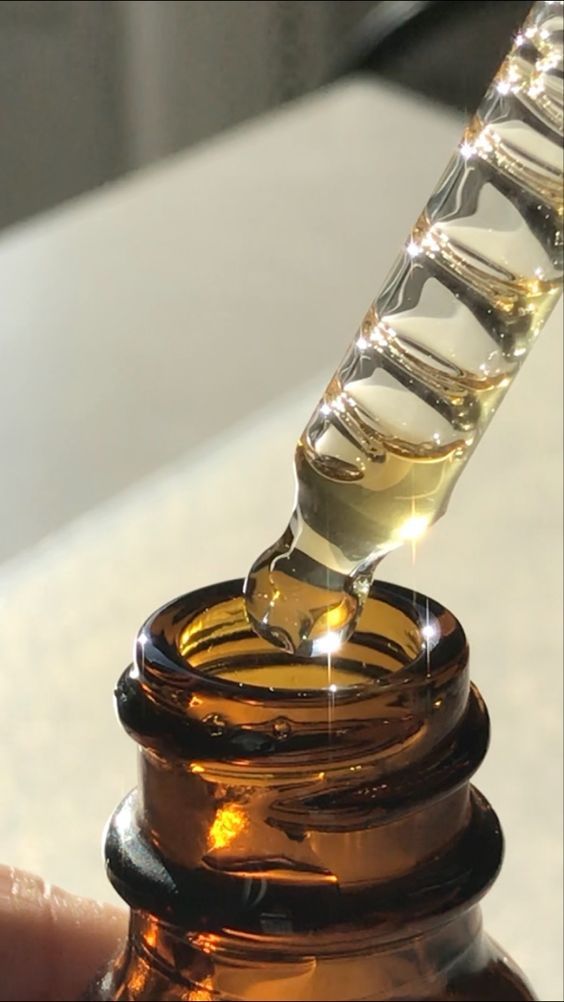

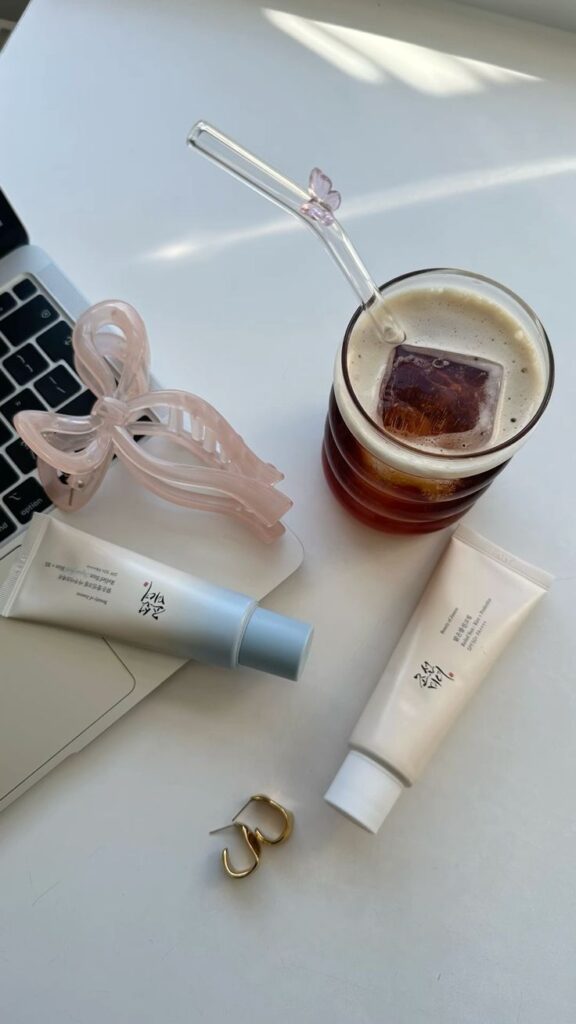
Winter skin care challenges can be addressed with simple DIY solutions using ingredients you likely already have at home. Understanding proper hydration techniques, effective natural ingredients, and quick skin-boosting methods will help you maintain healthy skin throughout the cold season.
What are the best practices for a DIY winter skin care routine to combat dryness?
Start by switching to gentler cleansers that won’t strip your skin’s natural oils. Lukewarm water works better than hot water, which can further dehydrate your skin during winter months.
Apply moisturizer while your skin is still slightly damp to lock in moisture more effectively. Layer your products from thinnest to thickest consistency, starting with serums and ending with oils or heavier creams.
You should increase your water intake and consider using a humidifier in your home to add moisture back into the air. Exfoliate gently once or twice per week to remove dead skin cells that prevent moisturizers from penetrating properly.
How can you make a homemade face mask that provides a glowing skin in winter?
Mix two tablespoons of raw honey with one tablespoon of plain yogurt for a simple hydrating mask. The lactic acid in yogurt gently exfoliates while honey draws moisture into your skin.
Apply this mixture to clean skin and leave it on for 15-20 minutes before rinsing with lukewarm water. You can use this mask up to twice per week for best results.
Another effective option combines mashed avocado with a teaspoon of olive oil and honey. This combination provides fatty acids and antioxidants that nourish dry winter skin.
What steps can I follow at home to treat dry skin during the cold season?
Cleanse your face with a cream-based or oil-based cleanser instead of foaming formulas. Pat your skin dry gently rather than rubbing, which can cause irritation and remove needed oils.
Apply a hydrating toner or essence immediately after cleansing to prep your skin. Follow with a serum containing hyaluronic acid, which you can make by mixing pure hyaluronic acid powder with distilled water or aloe vera gel.
Layer a rich moisturizer on top and seal everything with a few drops of facial oil like jojoba, rosehip, or sweet almond oil. Don’t forget to protect your lips with a homemade balm made from beeswax, coconut oil, and shea butter.
Apply these treatments both morning and night for consistent protection against winter dryness.
Could you suggest some winter skin care products that can be made at home?
Create a nourishing body butter by whipping together equal parts shea butter and coconut oil with a few drops of vitamin E oil. This provides intense moisture for extremely dry areas like elbows, knees, and hands.
Make a simple facial oil blend using two parts jojoba oil, one part rosehip oil, and one part argan oil. Add a few drops of lavender or chamomile essential oil if desired for added soothing benefits.
You can prepare a gentle sugar scrub by mixing brown sugar with olive oil and a touch of honey. A DIY lip balm requires just beeswax pellets, coconut oil, and shea butter melted together and poured into small containers.
For a hydrating face mist, combine distilled water with aloe vera gel and a drop of glycerin in a spray bottle.
What ingredients are effective for creating a hydrating winter cream in your kitchen?
Shea butter serves as an excellent base ingredient because it contains vitamins A and E along with essential fatty acids. Coconut oil provides deep moisturization and has natural antimicrobial properties.
Beeswax helps create the right consistency while forming a protective barrier on your skin. Add sweet almond oil or jojoba oil for lightweight hydration that absorbs quickly without feeling greasy.
Aloe vera gel soothes irritation and adds water-based hydration to balance oil-based ingredients. Include vitamin E oil as a natural preservative that also provides antioxidant benefits.
You can enhance your cream with a small amount of honey for its humectant properties. Glycerin is another effective humectant that draws moisture from the air into your skin.
What are some quick tips for achieving naturally radiant skin in a week during winter?
Drink at least eight glasses of water daily to hydrate your skin from within. Apply a honey and yogurt mask three times during the week to boost moisture and glow.
Massage your face with warm olive oil or coconut oil each night before bed to improve circulation and deeply nourish your skin. Gently exfoliate twice during the week using a homemade oatmeal scrub to remove dull, dead skin cells.
Get adequate sleep and protect your skin from harsh winds by covering your face when going outside. Eat foods rich in omega-3 fatty acids like walnuts and flaxseeds to support skin health from the inside out.
- 0shares
- Facebook0
- Pinterest0
- Twitter0


